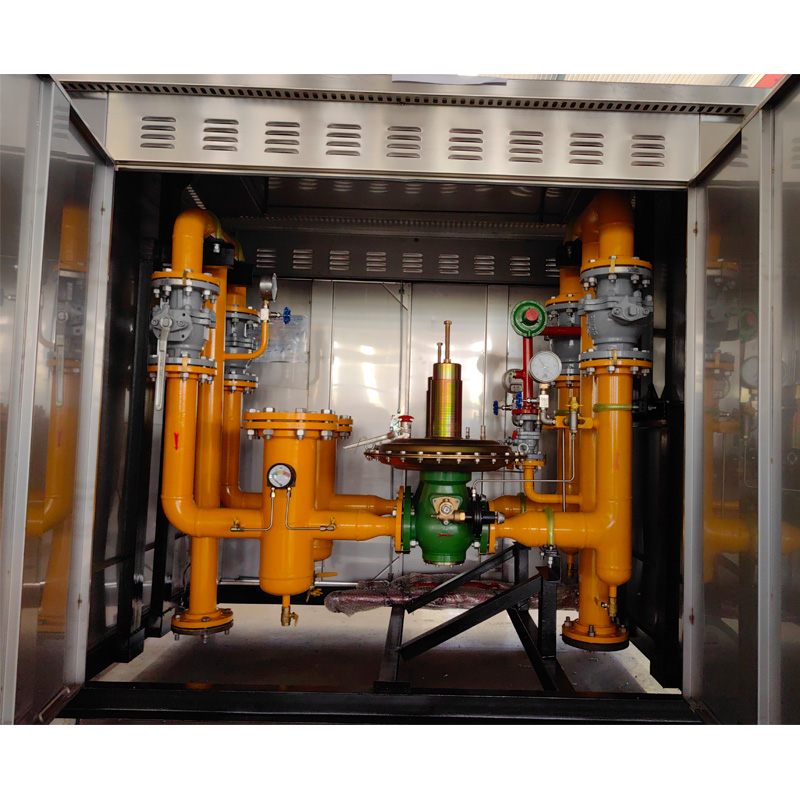
9 月 . 11, 2024 00:36
Back to list
natural gas pressure reducing valve
Understanding Natural Gas Pressure Reducing Valves
Natural gas is a vital source of energy for residential heating, cooking, and various industrial applications. However, the delivery of natural gas occurs under high pressure through pipelines, which necessitates the use of pressure-reducing valves (PRVs) to ensure the gas is supplied at safe and usable pressure levels. This article explores the importance, functionality, and maintenance of natural gas pressure-reducing valves.
Importance of Pressure Reducing Valves
The primary purpose of a pressure-reducing valve is to lower the high pressure of gas delivered from the pipeline to a level suitable for consumer use. Without PRVs, appliances that utilize natural gas, such as furnaces, water heaters, and stoves, would be subjected to pressure levels that could cause damage or unsafe operating conditions. Moreover, high pressures can lead to potential leaks or ruptures in gas lines, posing serious safety hazards. Thus, PRVs play a crucial role in ensuring the safe and efficient operation of gas systems.
How Pressure Reducing Valves Work
PRVs function by automatically reducing the incoming gas pressure. These valves are typically designed with a spring-loaded mechanism that responds to the pressure changes within the system. When the incoming pressure exceeds the desired level, the valve adjusts to restrict the flow of gas, thereby lowering the output pressure.
Most pressure-reducing valves also feature an adjustable setpoint, allowing technicians to modify the output pressure according to specific operational requirements. Additionally, some advanced PRVs come equipped with pressure gauges that provide real-time feedback on both input and output pressures, facilitating better monitoring and adjustments.
natural gas pressure reducing valve

Types of Pressure Reducing Valves
There are two primary types of pressure-reducing valves conventional and pilot-operated. Conventional PRVs are simple devices that directly regulate the pressure in the pipeline. In contrast, pilot-operated valves are more complex, utilizing a small pilot valve to control the larger main valve, offering better accuracy and stability in pressure regulation.
Maintenance and Safety Considerations
Regular maintenance of pressure-reducing valves is essential to ensure their optimal performance and safety. This includes routine inspections for any signs of wear, corrosion, or leaks. In addition, it is crucial to verify that the set pressure is maintained and that no blockages or debris interfere with the valve's operation.
Another key consideration is to ensure proper installation by trained professionals, as incorrect setup can lead to operational issues or safety risks. Moreover, it is advisable to install safety devices such as relief valves in conjunction with PRVs to provide added protection against pressure surges.
Conclusion
Natural gas pressure-reducing valves are indispensable components of gas delivery systems. They ensure that gas is supplied at safe operating pressures, protecting both appliances and users from potential hazards associated with high pressure. By understanding their importance, functionality, and maintenance requirements, users can help ensure the safety and efficiency of their natural gas systems, contributing to a reliable energy supply for various applications.
Latest news
-
Unlocking The Quality Gas Pressure ReducersNewsNov.01,2024
-
The Role of Gas Pressure Reducing StationsNewsNov.01,2024
-
The Importance and Functionality of Safety Relief ValvesNewsNov.01,2024
-
The Essential Role of Safety Valves in Natural Gas ApplicationsNewsNov.01,2024
-
The Essential Role of Gas Pressure RegulatorsNewsNov.01,2024
-
Enhance Your Premium Gas FiltersNewsNov.01,2024

